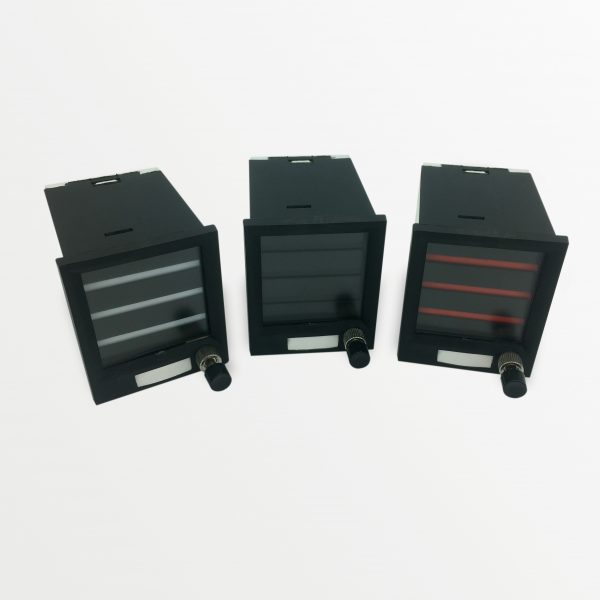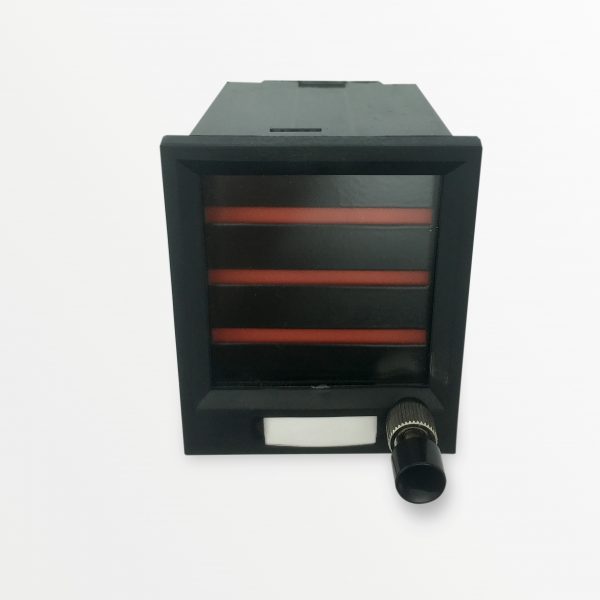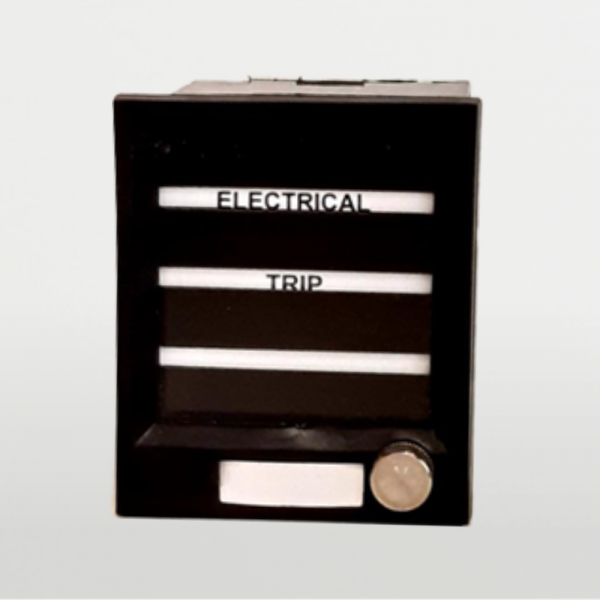Annunciators flag alarm relay operating even in absence of voltage
The falg relays detect the alarm status of the devices to which they are connected at the input (N.O./N.C. contacts) and maintain the signal even in the event of a power failure by the electromagnetic indicators they are fitted with. The devices are particularly resistant to overvoltages.
Application
The annunciator relay or alarm flag relay is used to indicate danger, alrm and operational status. It is a semi-automatic relay that be switched in N/C or N/O mode. The required switching action – N/C or N/O – is set in the factory prior to delivery, according to customer order specifications.
Apart from the coil excitation voltage, no other auxiliary voltage is required for visual signal indication. This is an important feature particularly in those applications where the relay has the task of monitoring voltages.
Main characteristics
Flag-Relay drives 4-changeover contacts and a 3-positions front-panel flag indicator.
The front panel is equipped with a push button for alarm acknowledgment, the rear-side has 2-terminal blocks connectors for contacts and bobbin drive. Cage is made of plastic material.
Three versions are available:
“energizing” model (RCNE)
“de-energizing” model (RCND)
“automatic” model (RCNDA)
Flag-Relay is recommended for control rooms, switchboards, mimic diagrams. This relay is suited for any environmental condition. Flag relays can be assembled in banks.
RCN Version Annunciator or Flag Alarm Relay – energizing model (RCNE) and de-energizing model (RCND) – semiautomatic and automatic version
RBN Version Lockout relay – energizing model (RBNE) and de-energizing model (RBND)
RCNDA Version de-energizing automatic relay (RCNDA)



